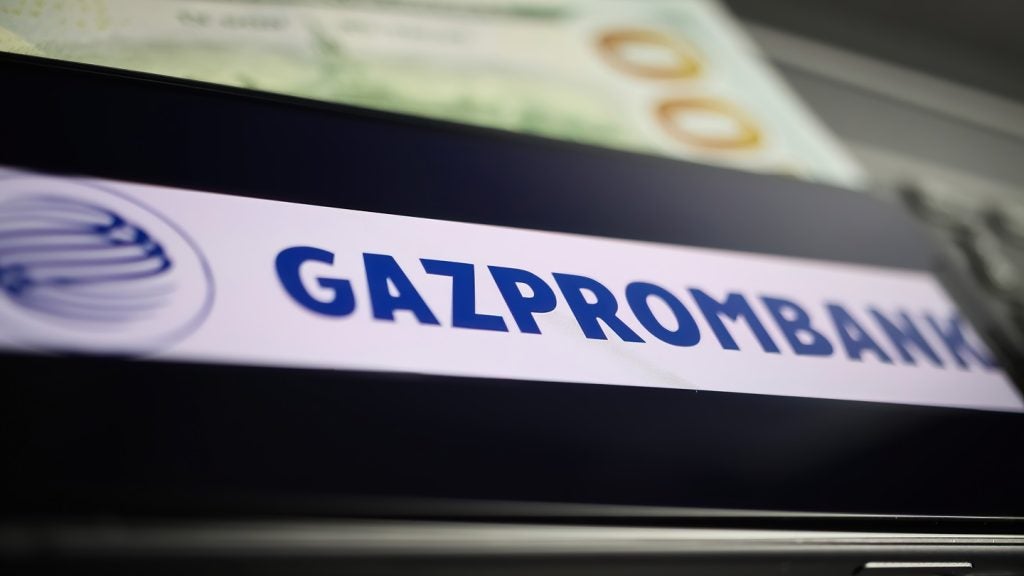retail bank in the US, now has the largest number of in-store
branches in the country following a deal with Utah-based Zions
Bank. Charles Davis talks to Chuck Stroup, US Bank’s executive
vice-president of in-store and on-site branch banking, about the
benefits of this distribution strategy.
With its recent agreement with Zions Bank to assume the leases
of 49 full-service branches in supermarket retailer Smith’s Food
& Drug Stores, US Bank, the fifth-largest retail bank in the
US, has grabbed the mantle of the nation’s largest in-store banker,
surpassing Wells Fargo, the fourth-largest.
The addition of 28 new branches in Nevada and 21 in Utah gives
US Bank a total of 626 in-store branches nationally, scattered
across 19 states. Currently, US Bank has 60 branches in Nevada and
45 in Utah: the additional locations will allow US Bank to jump
from fourth to second in terms of branch numbers in Las Vegas and
from fourth to third for most branches in Salt Lake City.
“Our partnership with Smith’s is a perfect example of our stated
interest in growing our Western franchise,” says Chuck Stroup, US
Bank executive vice-president, in-store and on-site unit. “We feel
very fortunate to give our customers even greater access by
expanding beyond the 20 Smith’s in-store banking locations we are
currently operating in Utah and Nevada. We have an in-branch model
that really works, and we can expand our branch base so much more
efficiently this way.”
Stroup says his unit’s in-store banking strategy has proven to
be highly successful because US Bank views the in-store branch
banking operation as a truly unique line of business.
“The big difference for us lies in treating the in-store
branches completely differently from the bricks-and-mortar
branches,” he tells RBI. “The in-store branch really is a
different animal, with a different business culture, and even
within the unit, you can’t treat them all the same. Each in-store
branch has its own culture, and it extends beyond the branch itself
into the store itself.”
How well do you really know your competitors?
Access the most comprehensive Company Profiles on the market, powered by GlobalData. Save hours of research. Gain competitive edge.

Thank you!
Your download email will arrive shortly
Not ready to buy yet? Download a free sample
We are confident about the unique quality of our Company Profiles. However, we want you to make the most beneficial decision for your business, so we offer a free sample that you can download by submitting the below form
By GlobalDataStroup said that a difference-maker for US Bank is that each
in-store location is staffed with uniquely trained “universal
bankers” who can help customers with all their banking needs, from
basic transactions to more complex planning and lending needs.
In addition to opening checking accounts, customers can use the
in-store branches to transact business on savings, retirement
accounts and other investment opportunities, or get a loan for a
car, a mortgage, home improvement or debt consolidation. Each
location also has a full-service ATM.
In an era during which many of the pioneers in supermarket
banking, such as Zions Bank, are reducing their in-store networks,
US Bank is aggressively expanding. Stroup says a lot of
institutions got into the supermarket banking market with the
misconception it was foolproof, only to find success demands daily
vigilance.
“In-store branches are a great way to grow without having to
build very expensive traditional bricks-and-mortar branches, but
you can’t just open them and expect them to grow without a lot of
work,” he adds.
“We have really worked to develop this model, and the
opportunity is there for US Bank to become the primary bank because
we are so convenient.”
Walking the aisles
Stroup says the success of an in-store branch is a reflection of
how embedded branch staff become in the daily life of the store. US
Bank staff walk the aisles, chatting with grocery customers, and
even do their own shopping in the store.
“We want our staff to know a whole lot of the regulars in the
grocery store by name, and we develop an informal, non-traditional
culture that really encourages daily interaction,” he says. “We
look to retail for our in-store staff, and we find people with a
background that allows them to engage customers in a friendly way.
It is about building a dialogue, really, day to day.”
Stroup insists the demographics of the in-store customer base is
not that different from traditional bricks-and-mortar customers,
but their needs diverge in ways the in-store locations can really
benefit from. For example, he says US Bank has developed a strong
presence among small businesses near to in-store branches, fuelled
at least in part by extended and non-traditional business
hours.
“The in-store branches are ideal for small business
transactions, because the owners do not have to worry about making
a 4pm deposit, and instead they can come in on their own time and
combine trips,” Stroup says. “We have been able to capitalise on
that in a lot of markets, and of course the in-store branches are
located in areas that naturally have a lot of nearby business.”
Those extra hours pay off, Stroup adds. “The in-store business
is a bit more transactional in nature overall, but a lot of times
we will start a conversation with a customer and banking is the
last thing on their minds, and it gives us the opportunity to talk
to them in a much less formal setting,” he says.
“It allows us to extend hours to non-traditional times as well.
Tuesday at 4pm might not work well for a conversation about loans,
but Saturday afternoon works well for a busy mom running
errands.”
US Bank is planning to add 40-50 more in-store branches
throughout its existing footprint this year. The bank currently
operates with 32 grocery partners under 45 banners, with the
largest partners including Safeway (193), Kroger (83), Albertsons
(74), Giant Eagle (59), Meijer (41) and Schnuck’s (34).
“We will continue to entertain future expansion as opportunities
arise,” Stroup says.
As the ranks of supermarket bankers continue to thin, US Bank
will be eyeing opportunities as they emerge, with a winning model
in place.







